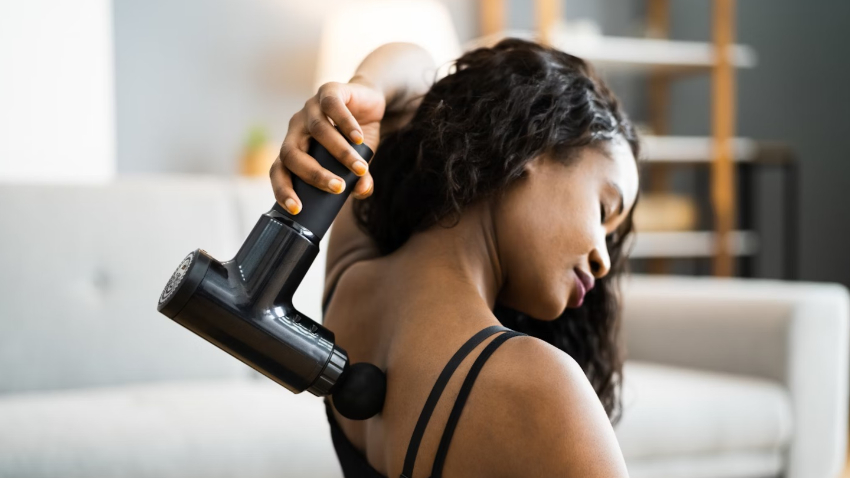
The door of Ch’an is entered by Wu. When we meditate on Wu we ask “What is Wu?” On entering Wu, we experience emptiness; we are not aware of existence, either ours or the world’s.
E-MAIL: admin@relaxmid.com
Being present in our fast paced world has meant stress has become an inevitable part of daily life. Whether from finances, work, or family, there hasn’t been a more necessary need for effective stress relief. However, thanks to technological achievements, now many of the innovative tools and devices exist so that you’re able to relax and become mentally clear while you don’t need to leave the comfort and even the warmth of your home. We’re going to explore how technology is disrupting at home stress relief and disrupting the way we practice wellness.
Smart devices for mindfulness and meditation are only one of the most important ways technology has changed stress relief. Muse and Calm’s Meditation Trainer are wearables, which use sensors that track brain activity, heart rate and breathing patterns, providing you with real time feedback on your relaxation progress. These devices take meditation out of reserve for beginners who will learn to practice through guided meditation that is designed to meet their own sensitive physiological needs.

The days when you need to book a massage for stress relief are gone. Over the last decade, hand massagers to name a few high tech massage devices exist today to provide targeted relaxation at home. This is because many people experience these physical things associated with stress like muscle tension and poor circulation, which these gadgets use such as percussive therapy or compression to loosen and relieve.
Genes in specific parts of the brain that contribute to our liking for sensation along with our explicit choices.
Gives some helpful relief from physical symptoms of stress, like tension headaches and muscle stiffness.
We’ve also seen virtual reality move beyond gaming and into wellness, including immersive environments to take users to a tranquil beach, lush forest or serene mountaintop. Guided meditative experiences of this type included by apps like Nature Treks VR and TRIPP let users leave home – and their real environment – behind temporarily, in order to relax.
This makes stress relief much more available with mobile applications. There are plenty of apps such as Calm, Headspace, and Insight Timer that have whatever you might need, from guided meditation to breathing exercises, to sleep aids, to focus enhancing tools. Data analytics are commonly used by many apps to track the progress while recommending things for the user’s needs.
Another game changer in stress management biofeedback technology. Modern devices, like Fitbit and Garmin, now contain stress tracking too, transmitting metrics like heart rate variability (HRV) during the day. This in turn helps users find ways to pre-emptively shut down stress triggers.
Sleep is something that can truly help control and handle stress and novel sleep technologies can help you get that restful sleep. To help improve sleep quality, smart mattresses and white noise machines, and even sleep trackers like Sleep Number and Hatch Restore, are all supposed to be helping out.
Long a known and honorable form of relaxation, aromatherapy is making the leap to the future with modern technology. For instance, Vitruvi’s Move Diffuser or Muji’s Ultrasonic Aroma Diffuser with its remote user control via apps makes it possible to customize the settings and make aromatherapy your own, effortless ritual.

Technology is changing the way we think about stress relief, and there is already technology for a variety of physical and mental needs and lifestyles. These innovations make it easier to relax and be mentally clear without leaving the house from mindfulness apps to VR experiences and biofeedback devices. By incorporating these tools into your daily routine you are creating a sanctuary of calm amongst life’s chaos, and what better is there than calm to help you get the most out of life and improve your overall well being.
There’s something to be said about being able to invest in stress relief technology not necessarily just for convenience’s sake, but instead to take control of your own mental health. Dig in and see what’s out there and how these modern methods can help revitalize your at home relaxation practices.
